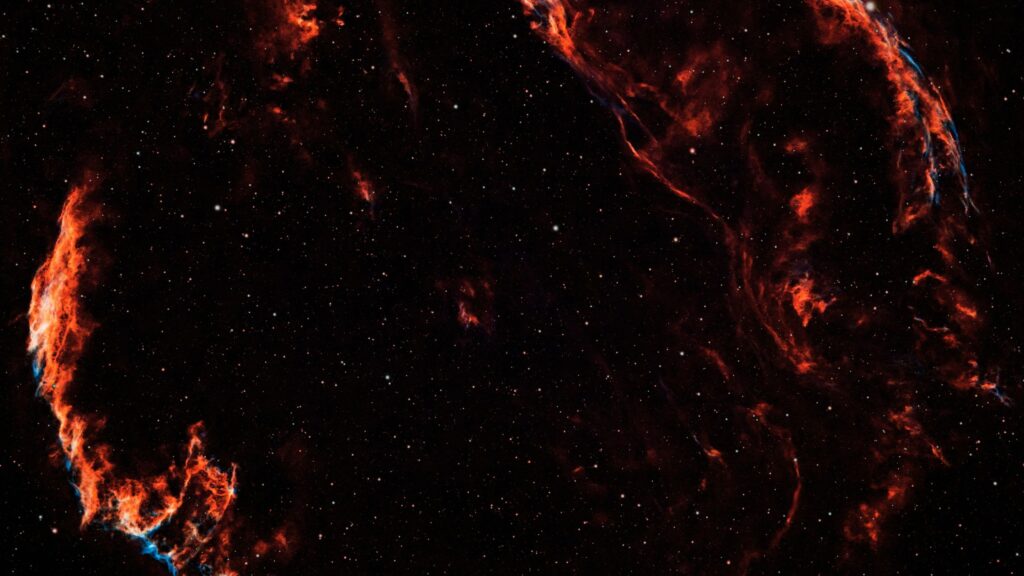The universe is an entire of mysteries waiting to unfold. And with the help of science, humanity has shed some light on different cosmological phenomena. One such fascinating event is the supernova explosion, where a star explodes into space, releasing energy and debris. Even though the light from a supernova might take a lot of time to reach Earth, one occurs every 10 seconds. Betelgeuse, one of the brightest stars in the infrared region, may go supernova in the coming 100,000 years. So, the article dives into the reasons behind the Betelgeuse supernova explosion.
Betelgeuse Supernova Explosion
Betelgeuse is 642.5 light years from the Earth and is traceable in the Orion constellation. The red supergiant is 1000x the size of the Sun and is expected to go supernova. This is because the star is in its end-life period. Furthermore, its supernova will result in a high light intensity visible from the Earth. However, it will have no effects on the planet. Finally, below are the two main reasons for the Betelgeuse supernova explosion.
Effects of Gravity
The mass of the Betelgeuse is 15 times greater than that of the Sun, and because of this, the gravitational force is higher. Furthermore, such enormous gravitational force is different on the surface than on the core. But, the core of a star comprises various hydrogen atoms that collide and combine, forming Helium. This reaction emits a massive amount of energy and is called nuclear fusion. And because a star does not collapse on its weight.
No Fuel In The Star’s Core
There is only a limited amount of Hydrogen atoms in any star, and once they are used up, the star’s gravitational field overcomes the energy emitted. After that, the star’s mass starts to collapse towards the core until it’s too much for the remaining atoms. Finally, the star’s core explodes, releasing energy and stardust into space. Meanwhile, the core sometimes transforms into a white dwarf, neutron star or black hole.
The explosion is wide and bright, dividing the star into two parts: the remaining core and scattered debris.
Types of Supernova
There are two types of supernova, and the Betelgeuse supernova explosion comes in type II.
Type I
This type of supernova occurs upon the collision of two dwarf stars.
Type II
This type of supernova occurs in a Red giant like Betelgeuse. The result of such a phenomenon is a dwarf, neutron, or black hole.
Final Thoughts on Betelgeuse Supernova Explosion
The Betelgeuse supernova explosion, will be a fascinating cosmological phenomenon. Due to its end-life period, the star, which is 1000x the size of the Sun, is expected to go supernova in the coming 100,000 years.
The explosion is caused by high gravitational force, nuclear fusion, and a lack of fuel in the star’s core. It results in a vast and bright blast, leaving the star with scattered debris.
Frequently Ask Questions (FAQs)
Which star will go supernova in 2024?
The North Star might go supernova in October of 2024.
Is the Betelgeuse supernova happening now?
Betelgeuse will go supernova in the coming 100,000 years.
Will Betelgeuse supernova affect Earth?
No, the Betelgeuse supernova explosion will not affect the planet Earth.
Will we see a Betelgeuse supernova in our lifetime?
Maybe, but it’s doubtful, as the latest research suggests that the star might take thousands of years to explode.
What are the types of Supernovae?
The two types of supernova are:
- Type I and Type II
Can supernovae affect Earth?
Yes, if they are in proximity to our planet.


Pingback: Understanding Stellar Evolution Using Crab Nebula Images
Pingback: Everything You Need To Know About Nova Explosion 2024